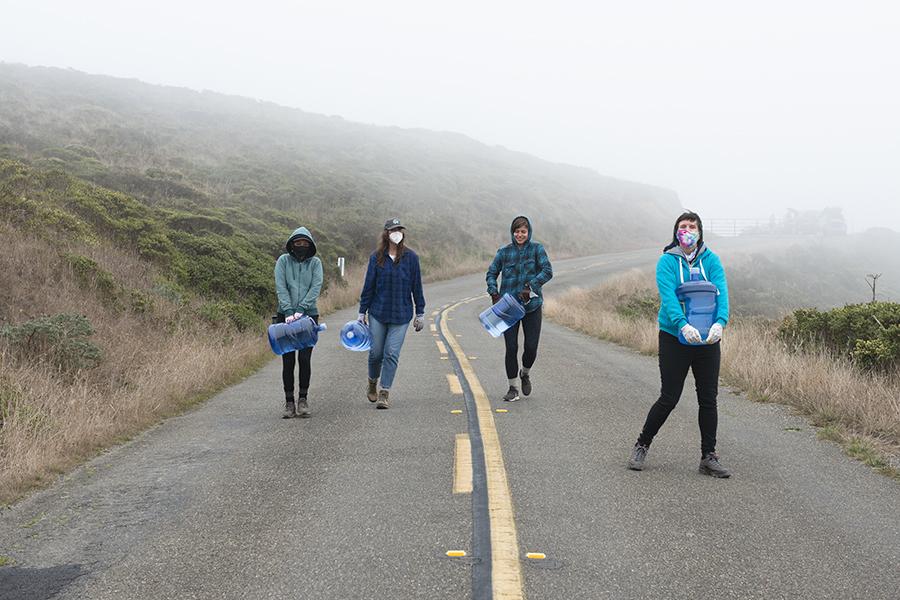Despite statements by Point Reyes National Seashore officials that the tule elk herd within the fenced enclosure at Tomales Point have an adequate natural . . .
Park refutes activists’ claim that elk lack water


Despite statements by Point Reyes National Seashore officials that the tule elk herd within the fenced enclosure at Tomales Point have an adequate natural . . .